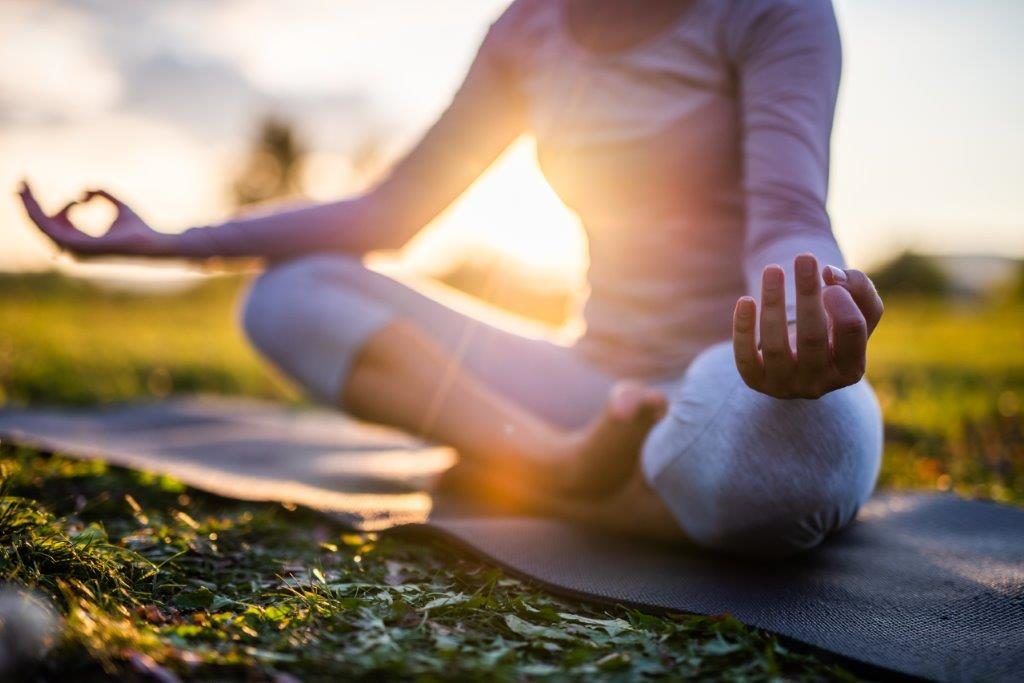
How can you avoid pain at the gym?
Despite what you might have heard, feeling achy after the gym isn’t necessarily a good thing. Yes, sore muscles show that you have worked hard, but they are also uncomfortable and can stop you from being able to workout properly at your next session. This is why you need to take steps to avoid post-gym pain.
It’s unlikely that you’ll feel achy straight after your session, so you may not realise that you haven’t done enough to stop it. Most of us start to get sore between 12 and 48 hours later, which is called delayed onset muscle soreness (DOMS). This is a result of damage to your muscles caused by exercise and can be a result of doing too much or trying a new workout.
Mild cases can be just a bit uncomfortable, however, DOMS can also be fairly severe, causing you a lot of pain and even meaning that you suffer from muscle weakness. Either way, you can reduce or cut out this pain completely by doing a few simple things after you hit the gym.
Cool down
If you’re on a tight schedule it can be difficult to fit in a cool-down period as well as a workout, but it’s really important that you give yourself ten minutes after exercising. This will stop your muscles from becoming tight and sore, as well as helping to get rid of any lactic acid that will have built up during your workout.
Light aerobic exercise, such as walking, slow cycling or water jogging are perfect cool down activities, gently stretching your muscles out. They also ensure your heart rate can come down at a slower pace.
Stretch
The end of your cool down session should be stretches. Even if you don’t manage to squeeze in light aerobic exercise at the end of your workout, you definitely need to be stretching.
Giving all the muscles you’ve worked out a good but easy stretch will reduce tension and get blood flow going. This helps to reduce the chances of muscle spasm, which can result in a fair bit of pain and even muscle weakness for a few days.
Work stretches into your workout, making sure you focus on them at the end of your session rather than the beginning, as your muscles will be warm, meaning you’ll be less prone to injuring them.
Cold and hot
If you start to feel a twinge of pain in your muscles after the gym, you may be able to stop it in its tracks by icing your muscles. Cold pressure helps to work as pain relief, cooling your muscles down and helping them to relax.
Stick with cold after exercising — you can even have a cool shower after the gym — to help your muscles wind down. If you still find that you’re a bit achy, apply heat before your next workout and cold afterward, as this will warm your muscles up and then cool them down to ease discomfort.
Rest
The worst thing you can do straight after a workout is to engage in another form of exercise. Your muscles need time to recover from exercising before you try and do something else, as rest is just as important as activity when it comes to your fitness.
If you are experiencing pain post gym, you may need to rest for longer than a few hours, giving yourself a day or two to recuperate and fully recover. This will help you avoid injury and further pain. Listen to your body and don’t ignore any painful twinges post-gym.
Hydrate
Muscles that are dehydrated are more likely to ache, so make sure you stay hydrated during and after your gym session. Steer clear of sugary energy or sports drinks, sticking with plain water instead.
Water is vital to helping your muscles repair the damage that working out does to them, so get into the habit of remembering your water bottle and filling it up after exercising. It is also a good idea to avoid caffeinated drinks and alcohol as these can dehydrate you further.




